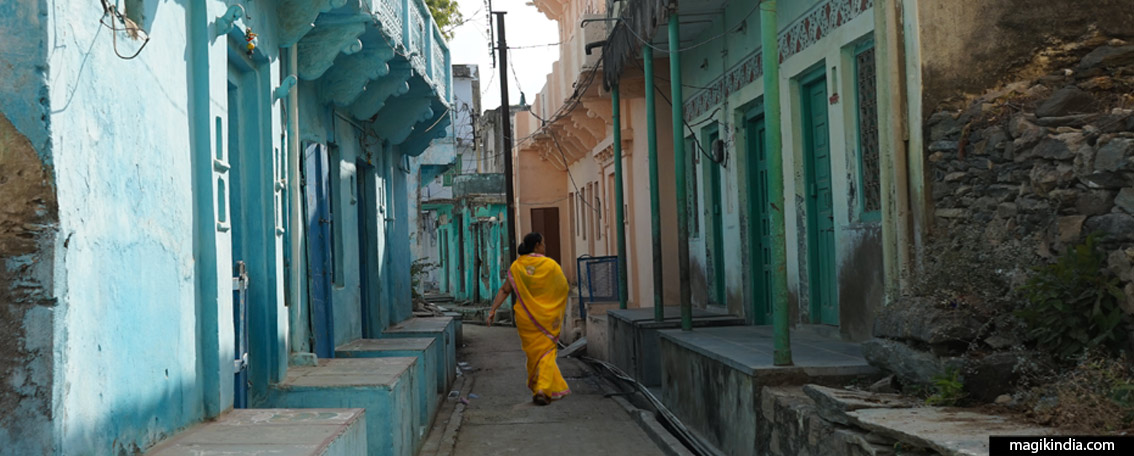
Delwara, the Mewari city of Gods
Delwara is a town nestled in the heart of the Aravalli Mountains, barely thirty kilometers from Udaipur, the romantic city of lakes of Rajasthan. While Delwara is surprisingly little known, it was once a major spiritual center and a renowned place of learning for the future rulers of Mewar; its thousands of Hindu temples and hundreds of Jain derasars earned it the name “city of gods”.
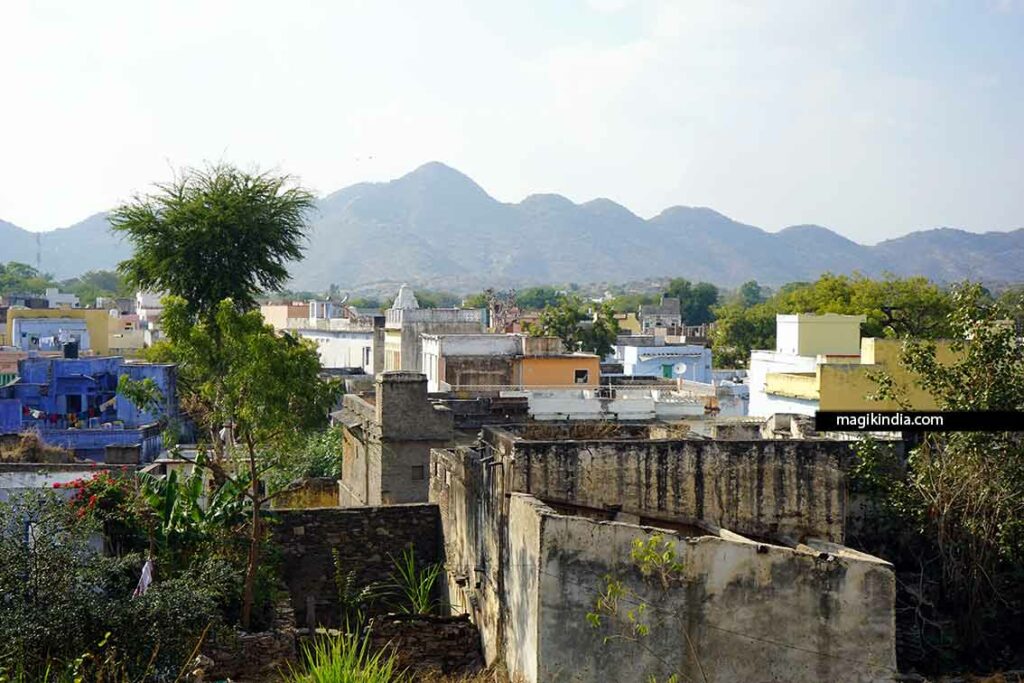
Even if Delwara has changed a lot over the last decade, it has still managed to keep this village atmosphere which gives it all its charm. Colourful streets, smiling inhabitants, old havelis and ancient temples combine all the criteria for an enriching visit.
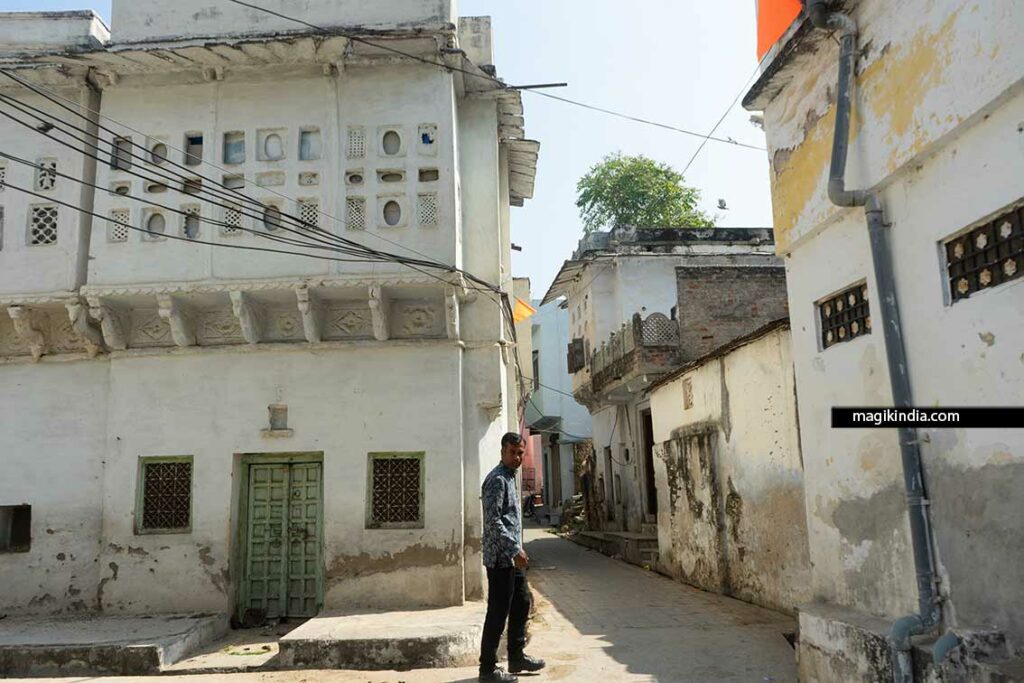
As every time I go there, I meet Himmat, a friendly guide from the Sadhna association. Initially established by Seva Mandir, a leading NGO in Udaipur, Sadhna, works to improve the living conditions of villagers and promotes the emancipation of women in Udaipur district by training them in the art of tailoring and embroidery. Sadhna’s clients includes FABINDIA, a textile brand renowned in India.
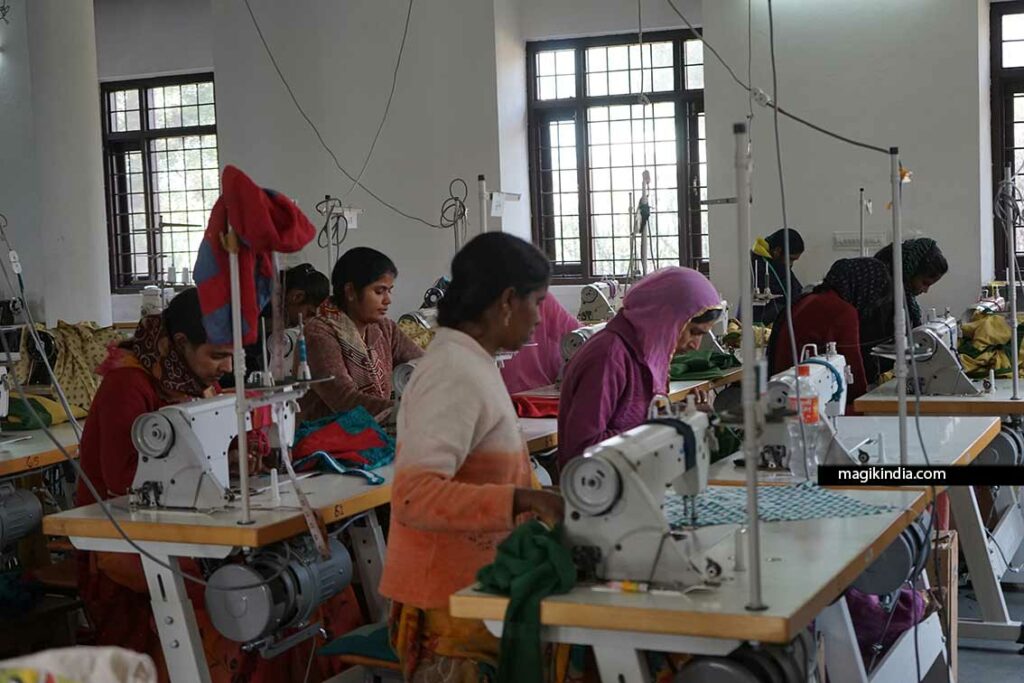
The Delwara heritage walk begins with the SADHNA sewing workshops and its store, then we walk along the Palera Lake, the city’s main source of water. It was built around 1875 CE by Queen Sajjan Kumari in memory of her late husband Prince Jhala Mansinghji who died at a very young age. The name Palera Talab comes from the Sanskrit “palankarta” which means “protector”.
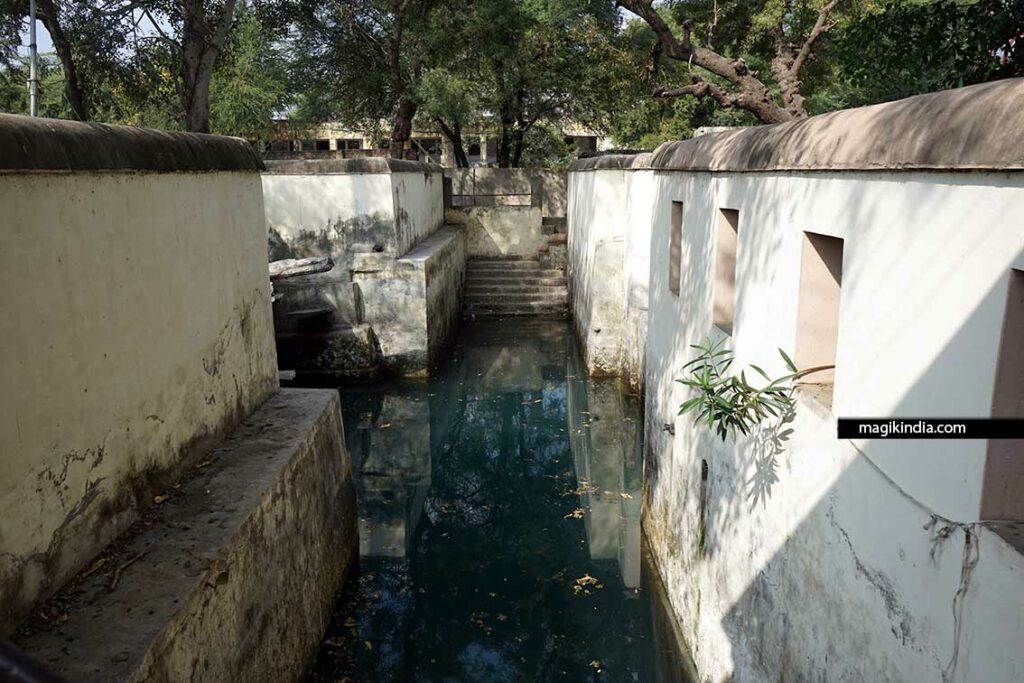
After a few meters, we enter the village proper. There, we make a first stop at the Trimukhi Baori, an ancient stepwell with three entrances built by the Shrimali Brahmins for the purposes of their rituals.
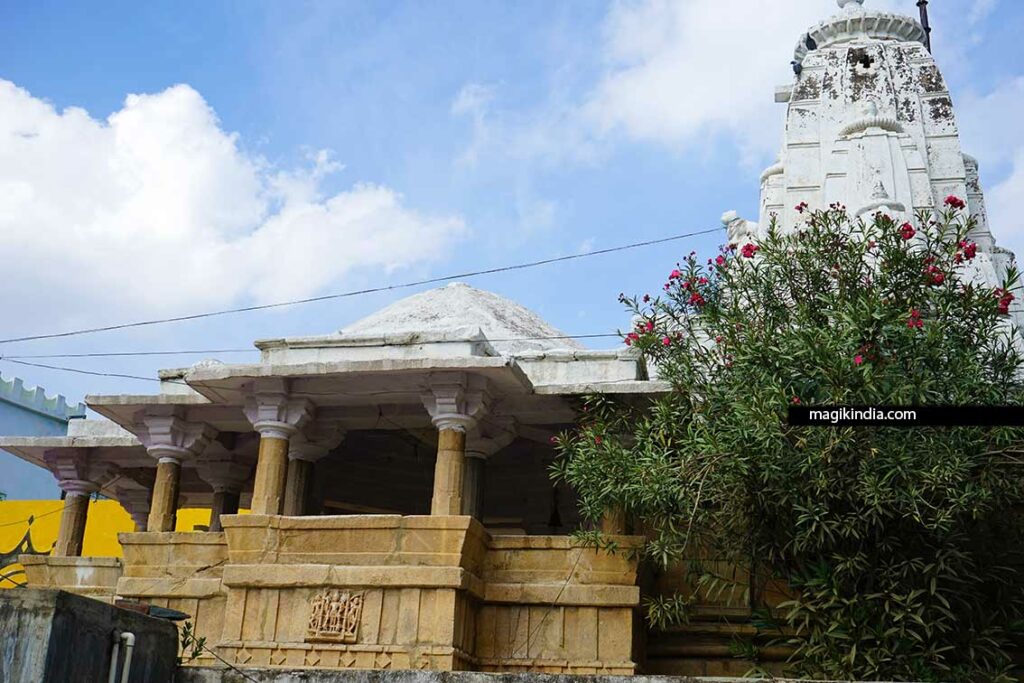
Not far away, we come across the ancient Vaikunth Nathji temple dedicated to Vishnu. A recent construction closed to one of the walls of the temple unfortunately alters the beauty of the site.
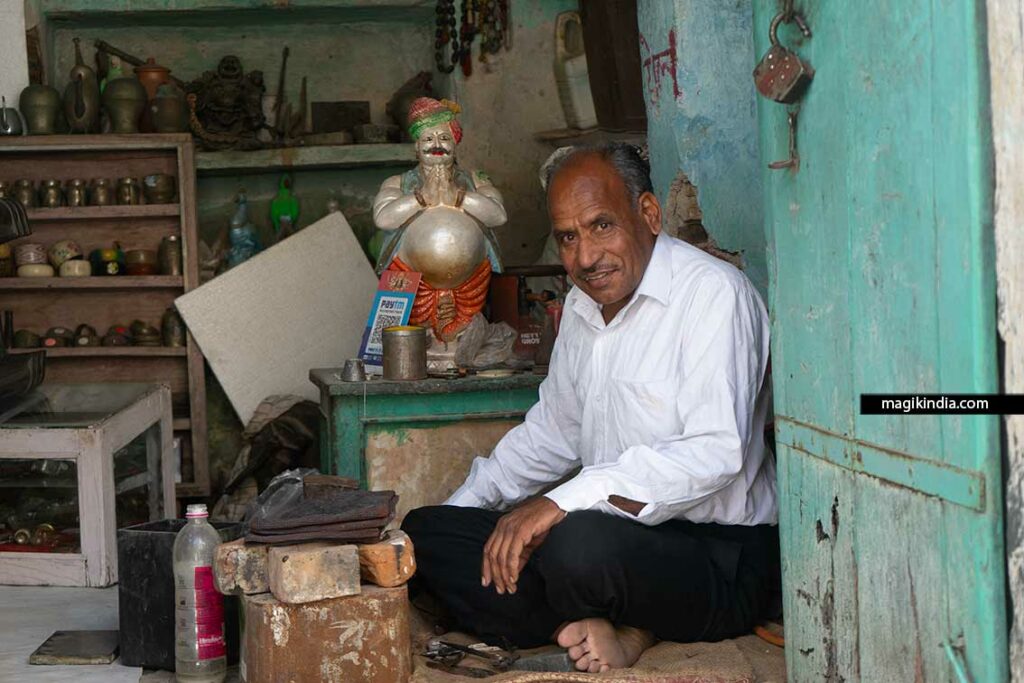
We continue our walk in this peaceful village where the inhabitants easily come to meet me. One of them, a jeweler, invites me to his home to show me his old silver jewelry. I won’t buy anything this time, but I’ll keep the address carefully.
He then gives me a demonstration of how he creates amulets. Its ancient molds depicting various Hindu deities and other auspicious symbols are worth a look alone.
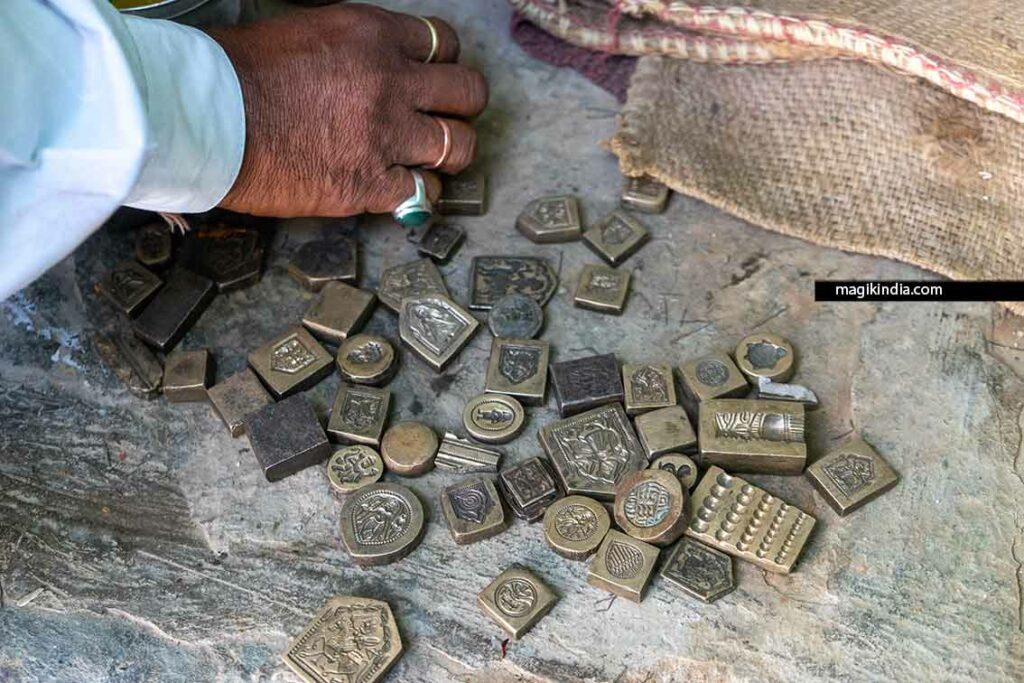
The next visit takes us to one of the two main Jain temples of the city, that of Bhagwan Parshwanath, dedicated to the 23rd tirthankara. Its unique feature is a chamber located approximately 5 meters underground, which houses thirteen idols.
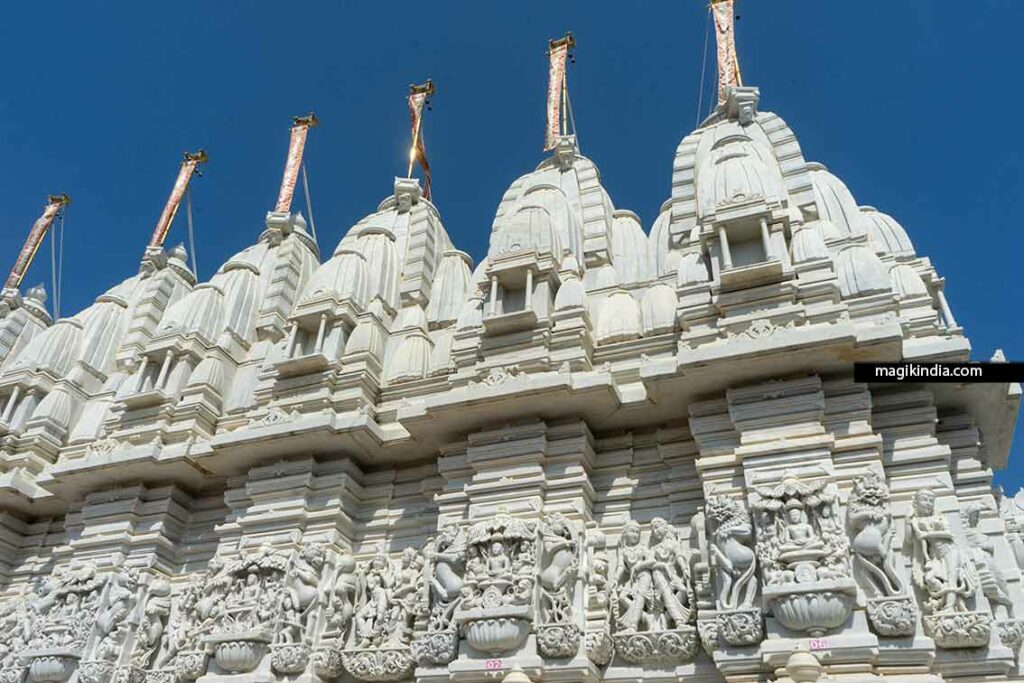
The Jain temples of Delwara are believed to have been built during the reign of Emperor Samprati, grandson of the great Emperor Ashok. Samprati ruled the entire western and southern part of India (Mauryan Empire) from Ujjain in present-day Madhya Pradesh. He was the originator of many Jain derasars in this part of India.
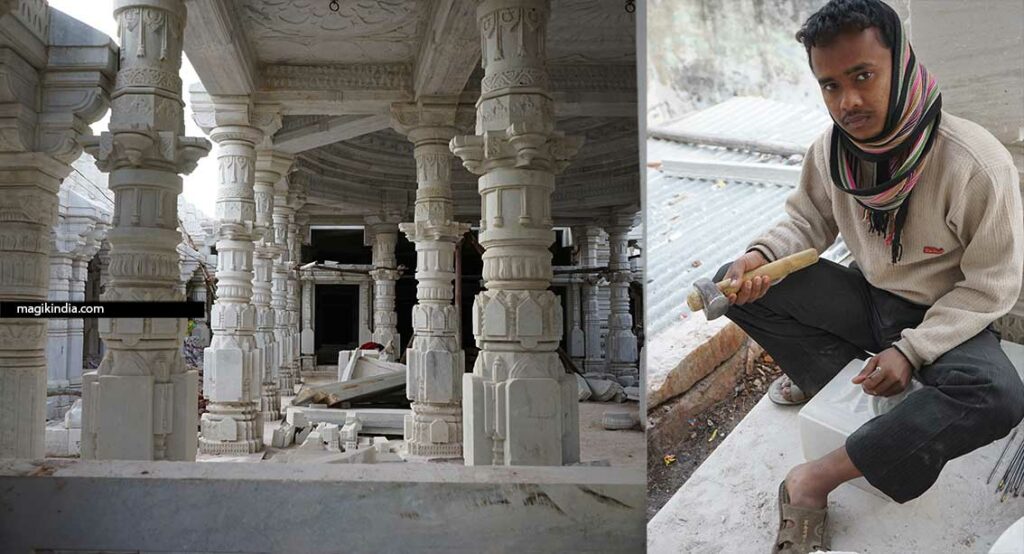
This Jain temple has been destroyed many times and its reconstruction at great expense began in July 2007, the work is still in progress; the marble work of the Jain derasars is meticulous, each hand-cut sculpture is unique.

We continue our walk towards the Sadar bazar, the main market of the village which, with its old-fashioned stalls and its friendly shopkeepers, add a lot to the interest of the walk.
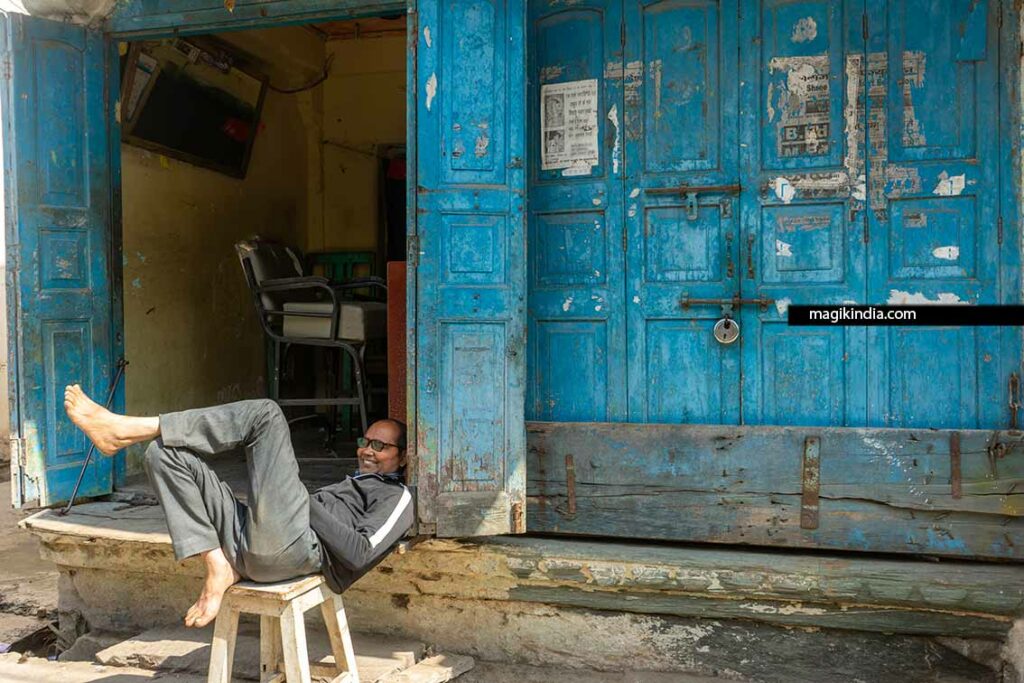
We cross several colourful alleys where villagers chat quietly while sitting in front of their doors.
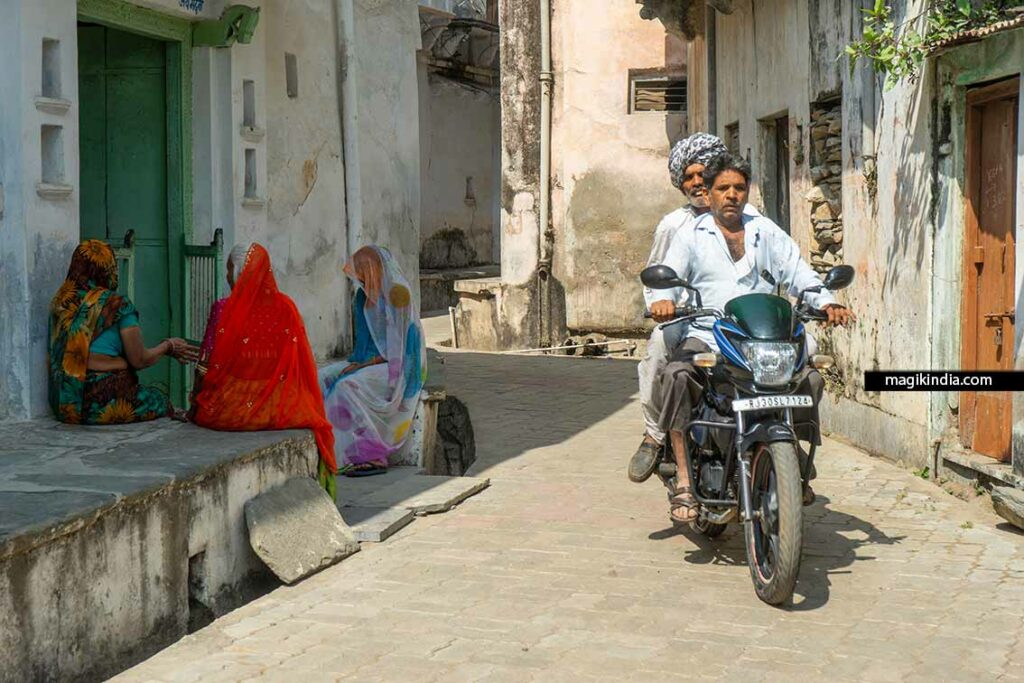
We come to the second Jain derasar, named Rishabhdev. This white marble temple is a true architectural gem. It contains 149 pillars and 52 finely carved individual shrines. It’s a shame that photos are prohibited inside, because you could have seen that it has nothing to envy of the other Jain temples in the region, Ranakpur, to name but one.
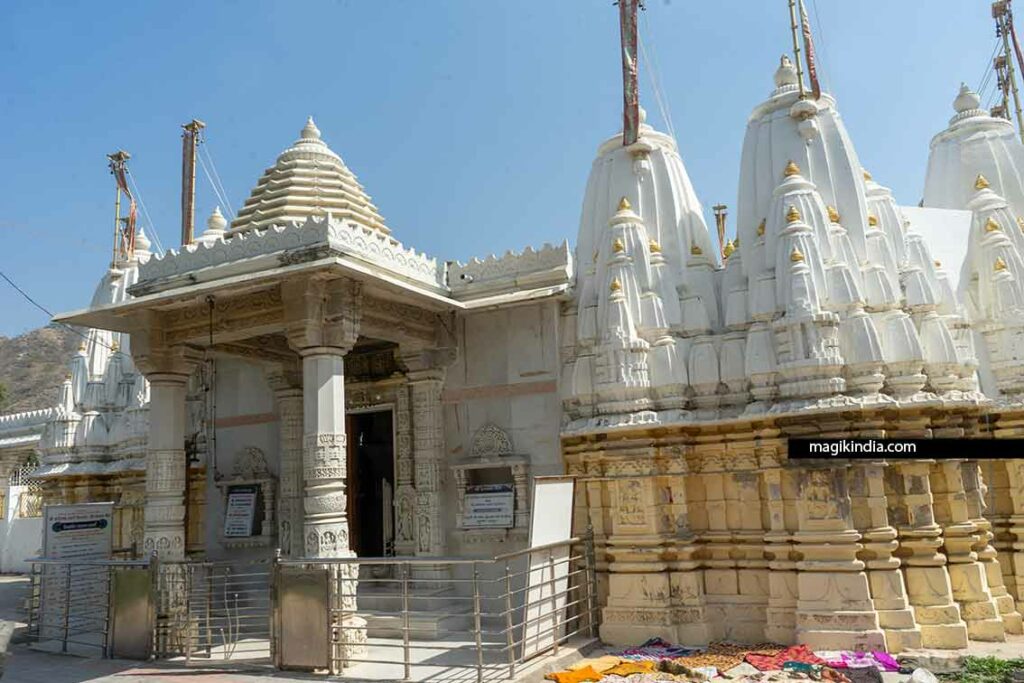
For the record, Delwara is often confused with Dilwara of Mount Abu and not without reason. The story goes that when Vimal Shah (one of the ministers of the ruler Solanki Bhimadev I of Gujarat) visited the Jain temples of Delwara, he was so inspired that he built the first Jain temple at Mount Abu (the Vimala Vasahi temple) on the model of the temples of Delwara; hence it was named Dilwara.
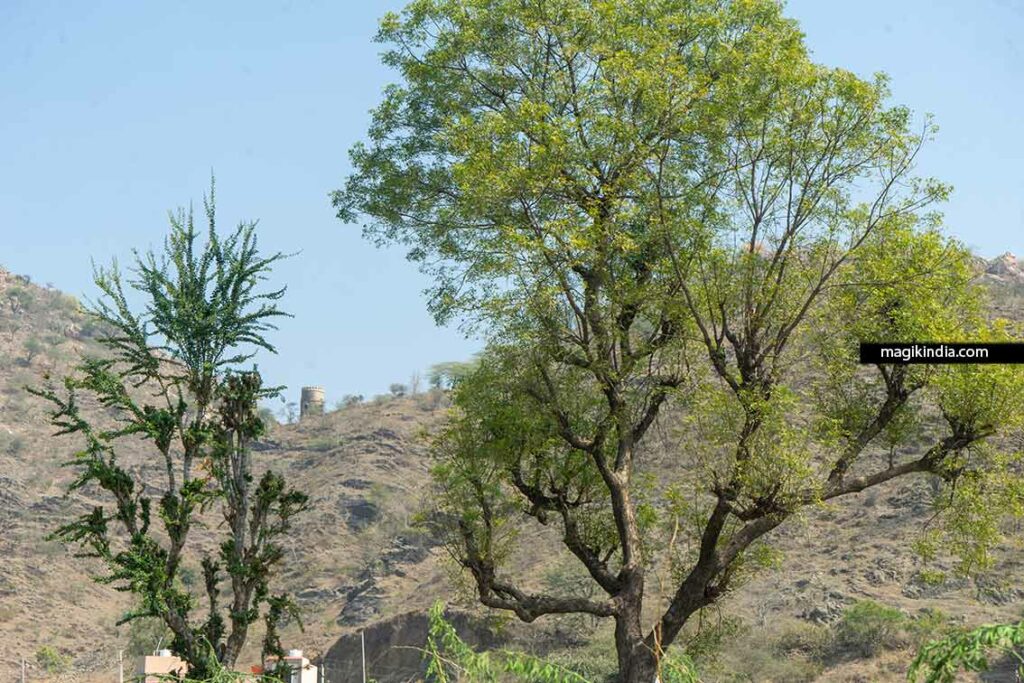
From the temple, we see in the distance a tower placed on Kantya hill. Known locally as Audhi, it was built by Maharaja Jasvant Singh as a hunting tower. If you are interested, we organize treks to this hill, as well as the surrounding area.
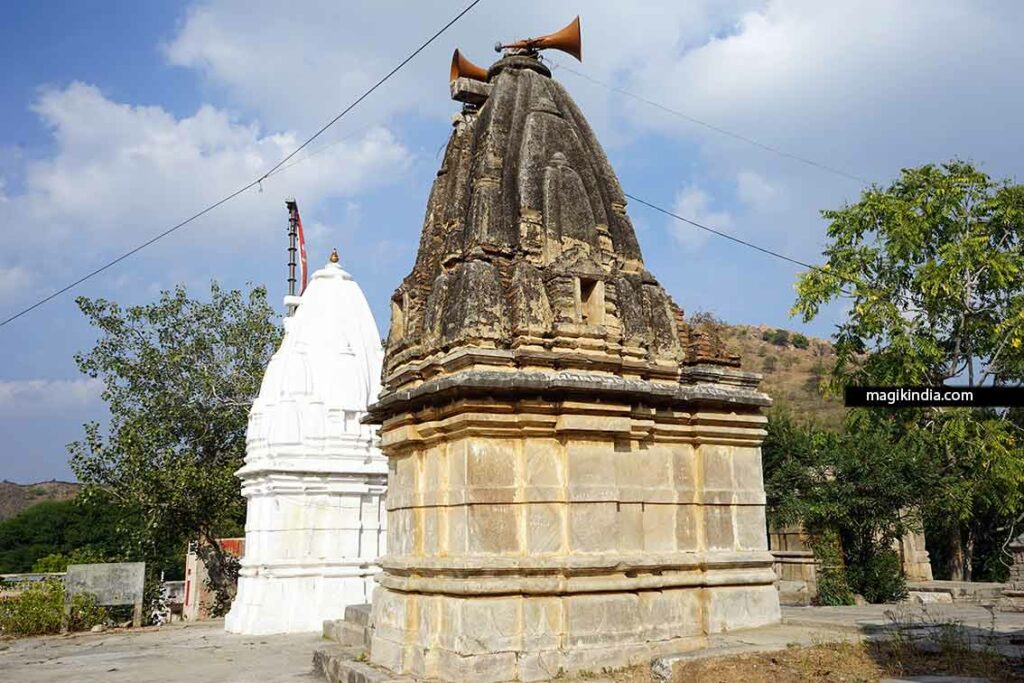
We walk up and reach a group of Hindu temples called Kasheshwar Mahadev dedicated to Shiva. The complex is said to be over 1000 years old.
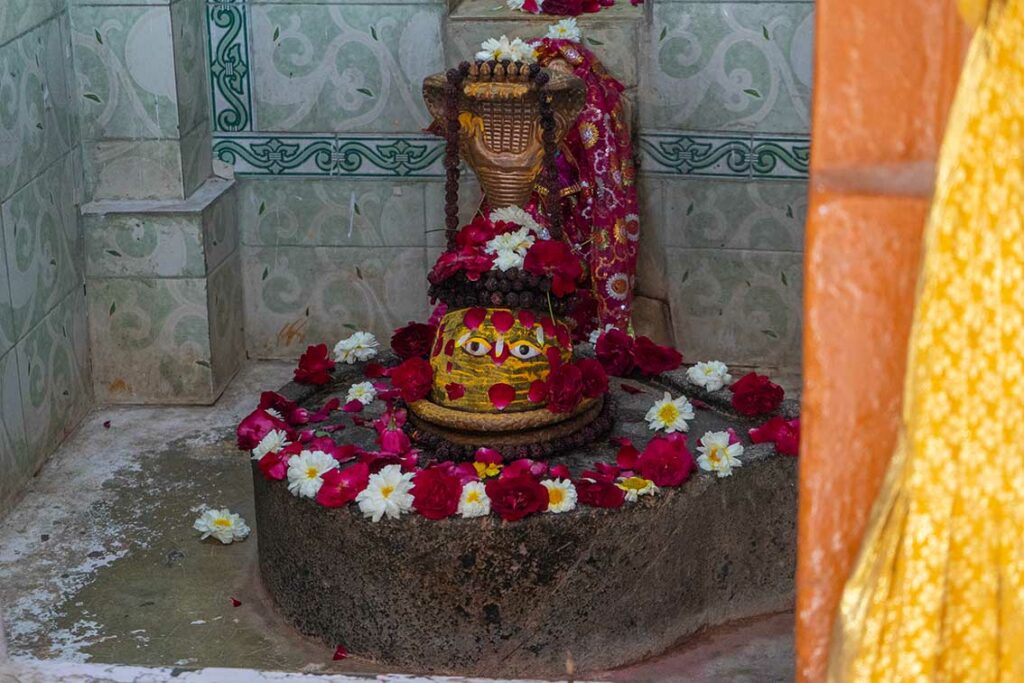
We are now on the Bhil basti hill, which as the name suggests, is a settlement inhabited by the indigenous Bhil community. The atmosphere here is completely different with houses showing tribal motifs.
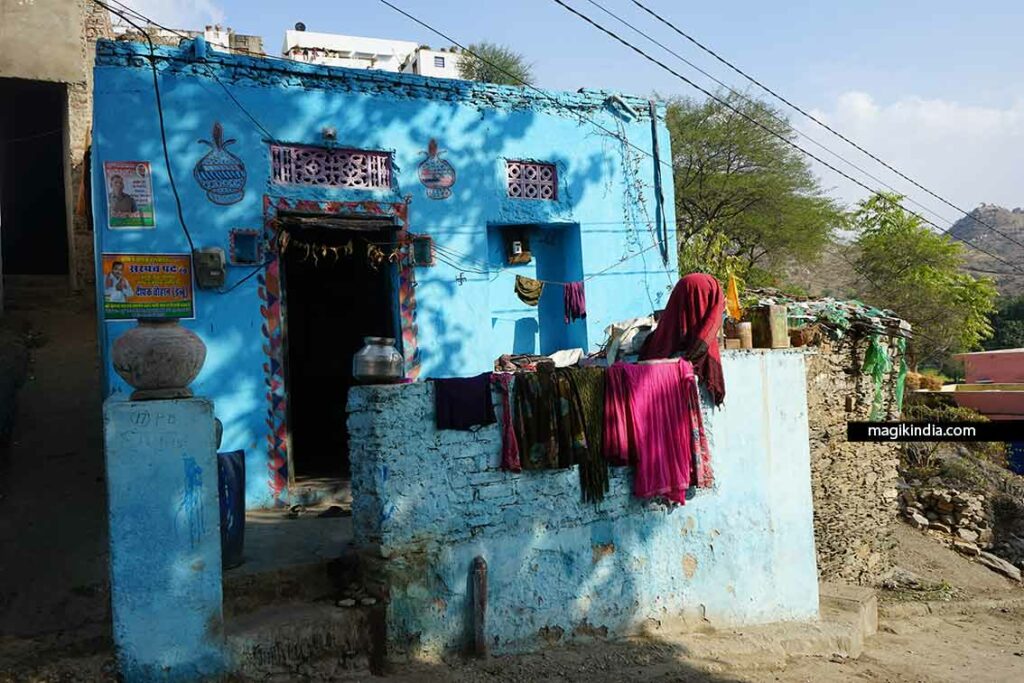
A temple dedicated to Shakti attracts my attention with its door decorated with geometric red patterns and its deities on the ground in front of which ears of wheat are offered. The period of Basant Panchami (spring and harvest festival) certainly explains this.

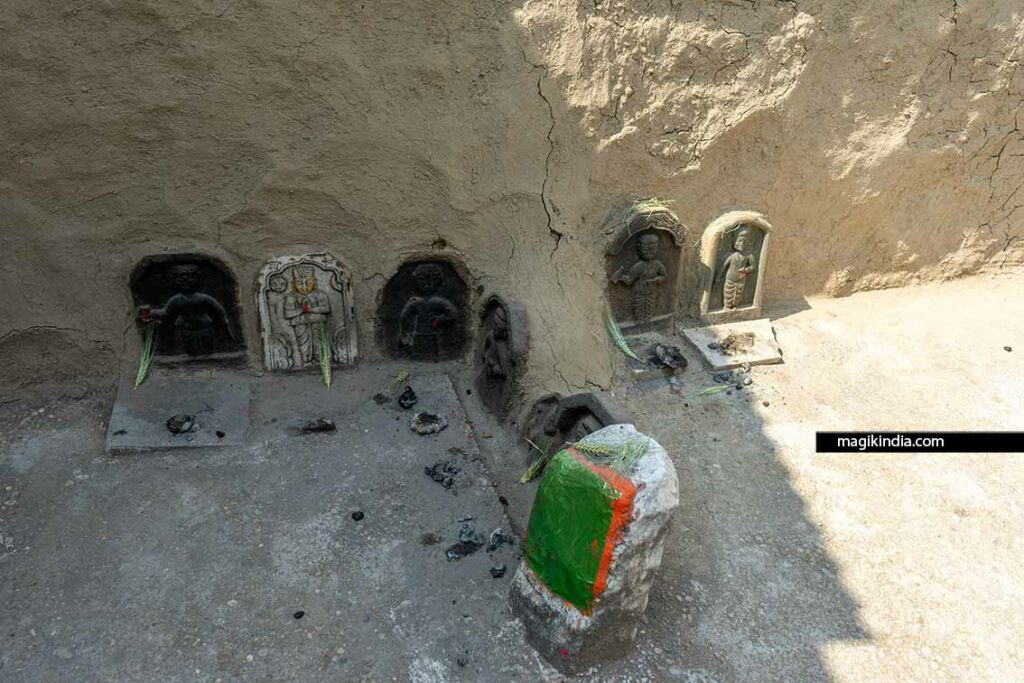
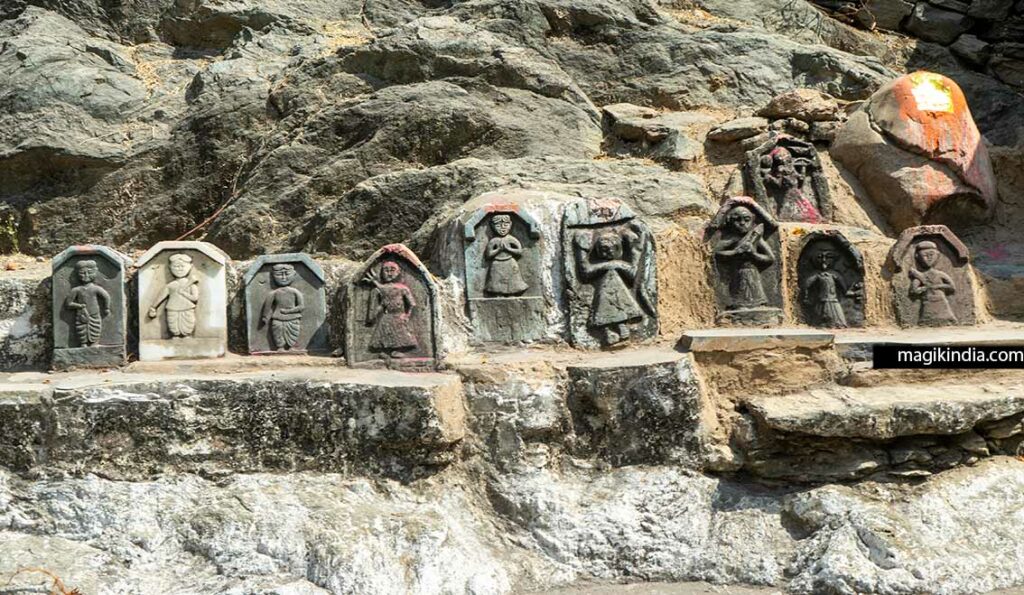
On the way back down, we come across one of the major points of interest in the village: the Indra stepwell dating from the 19th century, which was once a public space and a source of water supply for the community. Having fallen into disrepair after decades of neglect, it was restored with the help of the NGO Seva Mandir.
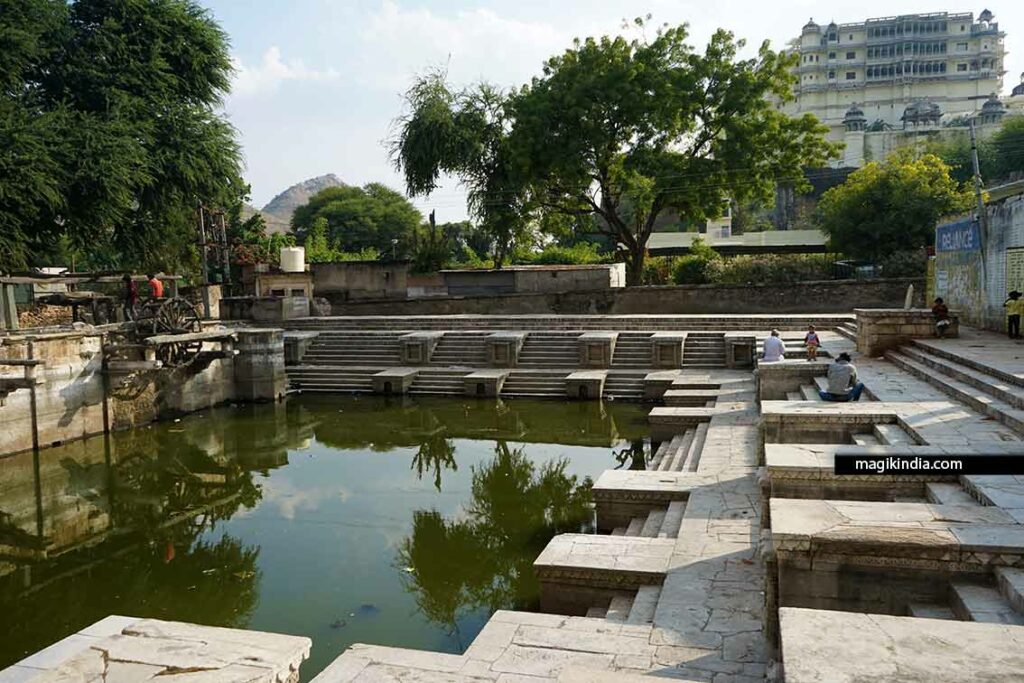
In the background of the well, one can see the imposing Devi Garh. The history of this palace-fortress dates back to the 16th century when the principality of Delwara was offered to Rajrana Sajja Singh and his brother, Ajja Singh, by the famous Maharana Pratap, 13th king of Mewar, in recognition of their services rendered following the Battle of Haldighati in 1576.
A rudimentary palace was first built, then it was remodeled into a seven-story palace in the 1760s.
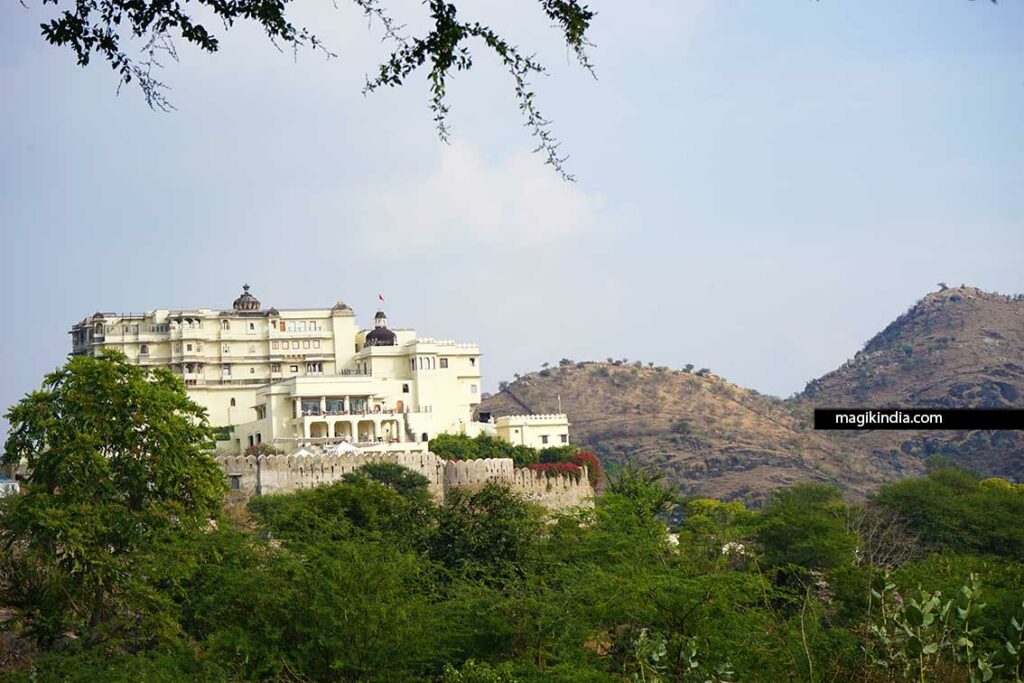
Two centuries later, it was in ruins when it was acquired by Lekha Poddar, heiress to an industrial family from the Shekhawati region (the open-air art gallery of Rajasthan). The restoration will last more than 15 years. Devigarh reopened its doors in 1999. The building was then bought in 2015 by the luxury hotel chain RAAS.
This palace hotel is surely one of the most beautiful in India, combining traditional Rajput architecture with contemporary elements and a breathtaking view over the Aravalli Mountains.
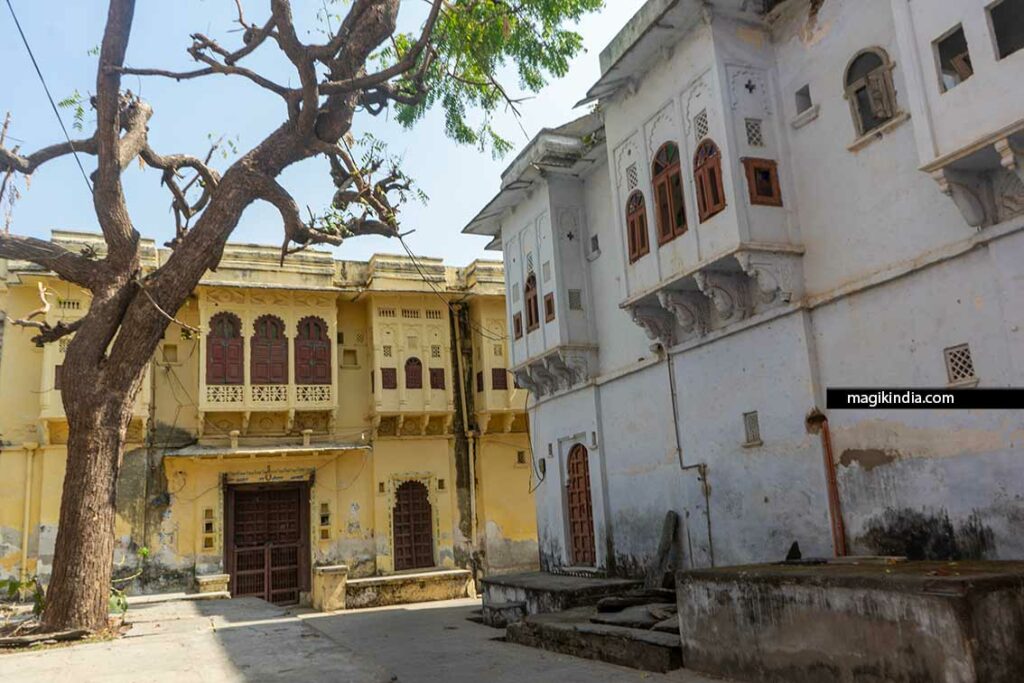
The walk ends after strolling through the street of “lodha pada haveli”, a district dotted with typical mansions with their jharokhas (corbelled balconies) and their jalis, these sculpted stone screens which allowed tenants to observe the street without being seen.
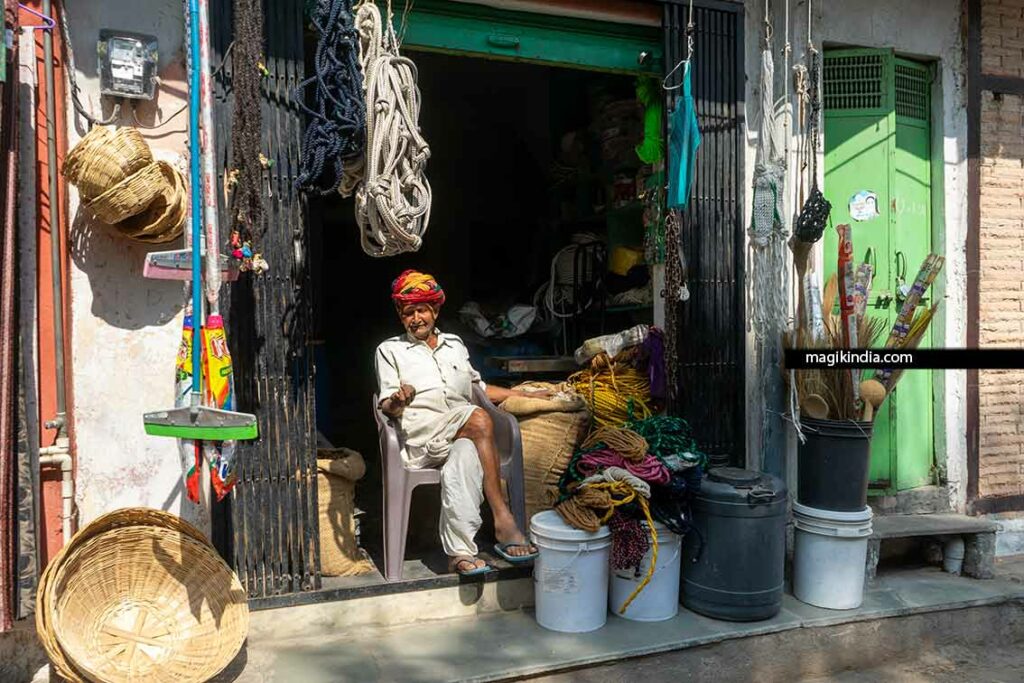
No matter how many times I visit Delwara, I never get tired of it. It’s one of my favorite villages in the Mewar region. For a rural experience of Rajasthan, I organize, in collaboration with Sadhna, heritage walks in Delwara, artistic workshops, treks and homestays. Contact me !
Vous aimerez peut-être aussi...
2 Comments on “Delwara, the Mewari city of Gods”
Leave a Reply
You must be logged in to post a comment.

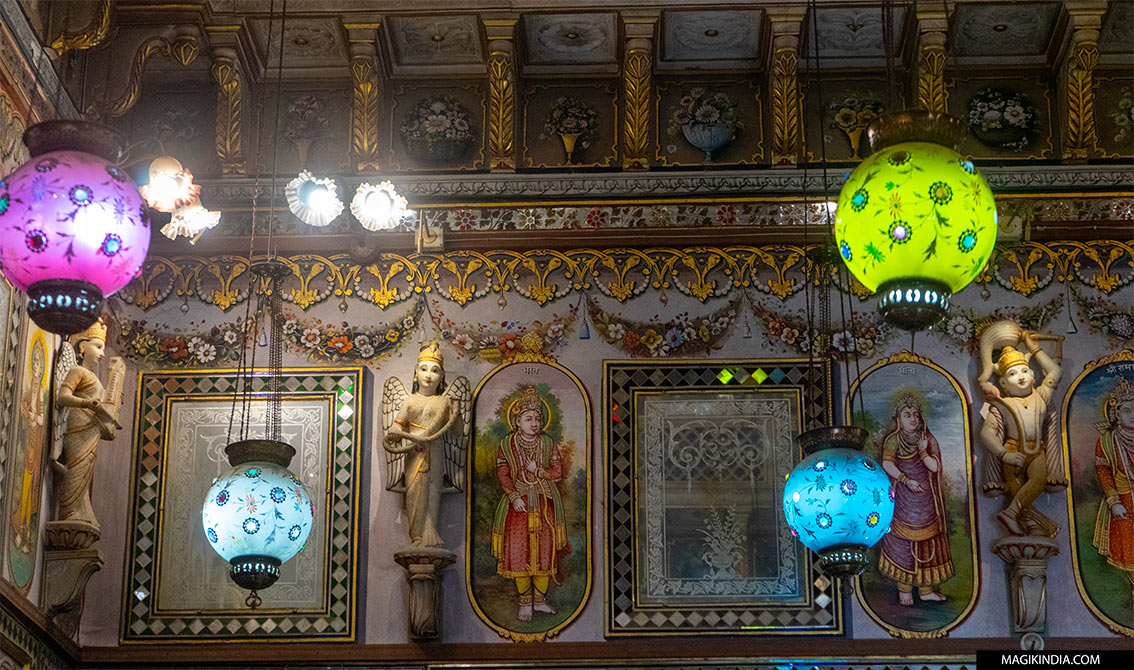
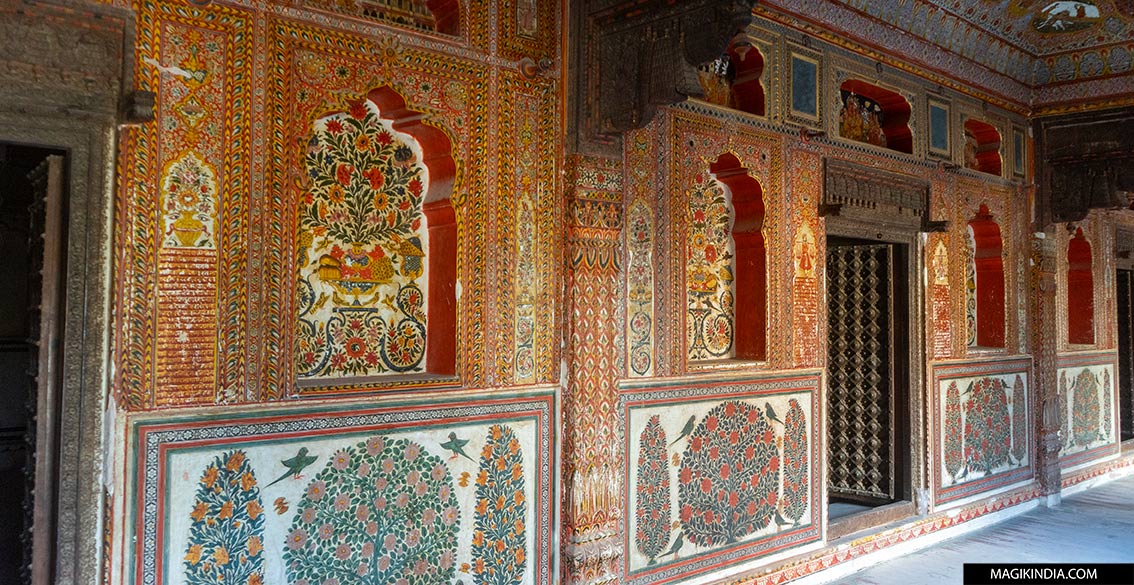



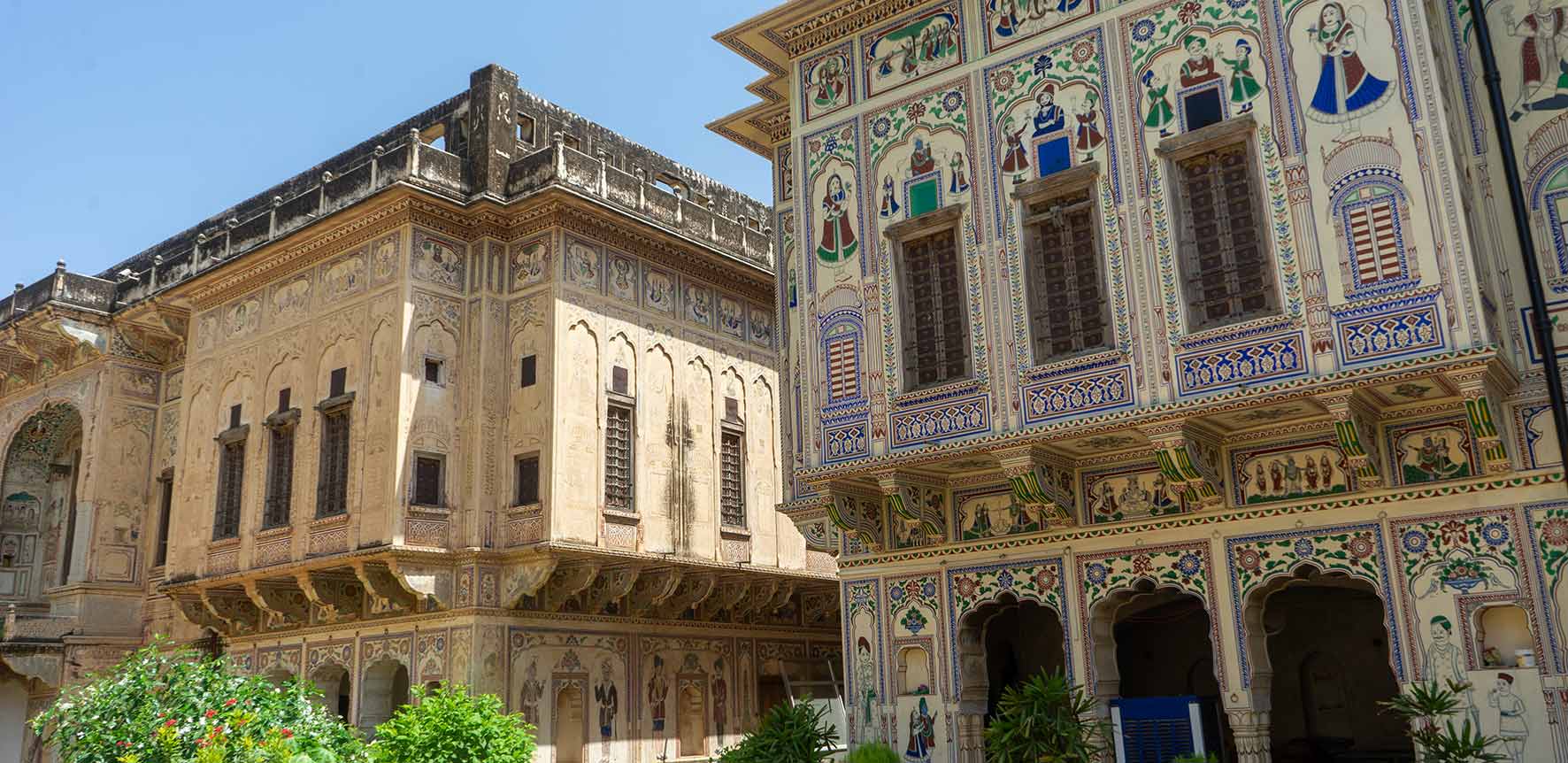
Dear Sudhir, can you tell a bit more about what you need? thanks and regards, Mathini
Namaste
my daughter wants to “see India”. we are on Jodhpur and Udaipur in jan 26. What can you do for us pl?
dhanywad
Sudhir